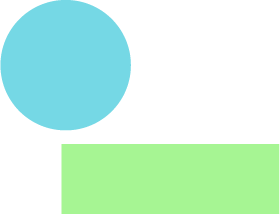Neutral tones have made their way from being just the foundation of the palette two also standing firmly as on trend colour this new version of the neutral palette is very different to the cooler tones that sat within what's many designers might describe as a core colour range.
The neutrals palette has always existed within as a key part of a palette creation within the early stages of product design and development. However this part of the palette, whilst critically important, would set quietly in the background of a colour range supporting the seasonal on trend key tones. It's possible the last time a neutral tone was a real talking point within design in particular within architecture interior design and fashion was during the 90s when minimalism was on trend, and pioneering designers such as Helmut lang, and Tadao Ando where leading the way with a pared back design aEsthetic.
There is a huge focus on warmth and deep saturation they have an earthiness that’s connected to nature they have a focus on warmth they are deeply saturated, and in some cases quite complex and can appear quite different in different light setting’s .
The warmth is important and a key element as this adds an element of cosiness and comfort, importance of comfort is one of the biggest talking points across the design industries at the moment, as we look forward at what we are developing to see how products from fashion through to interiors and packaging can connect to us in a softer way and feel more holistic. Packaging can connect to us in a will gentle way offering us easier softer and more calming environment as we go through these difficult times .
People look to nature as a place of calm and peace to help relieve the stress and turmoil of recent terrible events.
Such raw earthiness within these colours can not only put us in touch with nature but can be taken a step further in creating these colours using natural dyes.
Season less colour is another key topic. Tones that do not have a season or year attached to them. They can be worn anytime, anywhere, and resonate with a lifestyle which says sustainability. As these neutral tones are set to be important for a few years to come.
It's also interesting to see the rise of the discussion around natural dyes connect in terms of tone and colour to these warm saturated tones.
Such raw earthiness within these colours can not only put us in touch with nature but can be taken a step further in creating these colours using natural dyes.
Keith Recker, senior consultant Pantone Color Institute, natural dyes expert and author of True Colors, suggested that tones similar to PANTONE 19-1541 Roasted Russet could actually be made using madder root, PANTONE 16-0945 Tinsel, using a recipe involving pomegranate and both PANTONE 18-1535 Ginger Spice and PANTONE 16-1332 Pheasant using avocado stones. Natural dyes have their own rules which is both an exciting and important factor when using them. As the combination of raw materials results in variations in the colours, we should embrace the inconsistency of the colour outcome. We are so used to seeing colour perfection within the design industry we should celebrate the individuality of colour and the idea of things not being perfect. Due to the nature of neutral tones there is no season attached to them, therefore making them more sustainable.
READ THE FULL ARTICLE ON PANTONE.COM



